However, until now, this profession only remains in the memories of the elderly, along with the looms that testify to its golden age in the new land.
According to the policy of the Party and the State, in the 80s of the 20th century, ethnic minorities from the northern mountainous provinces went to Gia Lai to build a new economic zone. They lived in concentrated villages in the districts of Chu Prong, Phu Thien, Dak Po, Ia Pa... During a trip to collect artifacts in Kơ Nia village (Ia Trok commune), we (professional staff of the Provincial Museum) had the opportunity to "witness" the textile products of the Tay people here.
Ms. Hoang Thi Nghieu introduces the Tay people's weaving loom. Photo: Ba Tinh
Mrs. Hoang Thi Nghieu (75 years old) introduced to us the loom that has been with her family since the 90s of the last century. Mrs. Nghieu said: This is the loom that her deceased husband made himself. The traditional loom of the Tay people is very bulky and difficult to transport from the North. Therefore, with the carpentry profession and natural wood resources, her husband made a simple loom for her to weave to help her miss her job and her hometown.
“I have known how to weave since I was 15 years old. In the early years of starting a business in Gia Lai, life was difficult and goods were scarce, so local households still wove their own fabrics to make clothes, blankets, baby carriers, bed sheets, bags, and cloth shoes...
In the past, people woven brocade with indigo-dyed cotton or dyed silk. Later, the price of silk became more expensive, so people gradually switched to using wool for weaving. As for the traditional costumes of the Tay people, we still have to use cotton to weave and then dye it indigo, and there are almost no decorative patterns," Ms. Nghieu shared.
Traditional hand-woven products are still present in important events of the Tay people in Kơ Nia village such as: weddings, full-month and full-year ceremonies, funerals... According to Mrs. Nghiêu, it usually takes more than a month to weave a piece of fabric, going through many stages from planting cotton, spinning cotton to spinning and weaving. If the woven fabric is used to make shirts or blankets, it will be dyed blue and embroidered with colorful patterns.
In addition, the Tay people also know how to use primitive tools, made from bamboo, rattan... to weave rich, diverse and unique decorative patterns, containing the cultural values of their people.
To prove what she had just said, Mrs. Nghieu showed us the products she had woven in the past. Brand new fabrics in various colors, meticulously handwoven, carefully folded and carefully stored for family use. She also showed us rolls of wool and thread in various colors that she had bought a long time ago but had not used, now only kept as souvenirs because she no longer practiced the craft.
Similarly, Ms. Ma Thi Hieu also said: In the past, Tay families in Kơ Nia village all had a loom for weaving. Later, because there was no need to use it, many families abandoned it. Mr. Ksor Minh, a Cultural and Social Officer of Ia Trok commune, informed: Currently, Kơ Nia village has about 10 Tay households that still keep looms. Those who know how to weave are all older women, most of the young people do not know the craft.
In recent years, garment products have been very diverse in types, rich in materials and colors, so people often buy ready-made goods. Kơ Nia village no longer echoes with the sound of weaving shuttles like before. When the elderly here miss their profession, they come to clean the looms, sit and weave white gauze to make mourning scarves, in case there is a funeral in the village. Because according to the customs of the Tay people, families are required to use mourning scarves woven from traditional Tay cotton.
In modern life, traditional crafts are increasingly being lost, including the weaving craft of the Tay people in Ia Trok. As museum workers, we feel that we have the responsibility to collect and preserve the weaving tools here, contributing to introducing to everyone the weaving craft of the Tay people in the land in the Southeast of the province.
Source: https://baogialai.com.vn/nghe-det-vai-cua-nguoi-tay-o-ia-trok-post318936.html


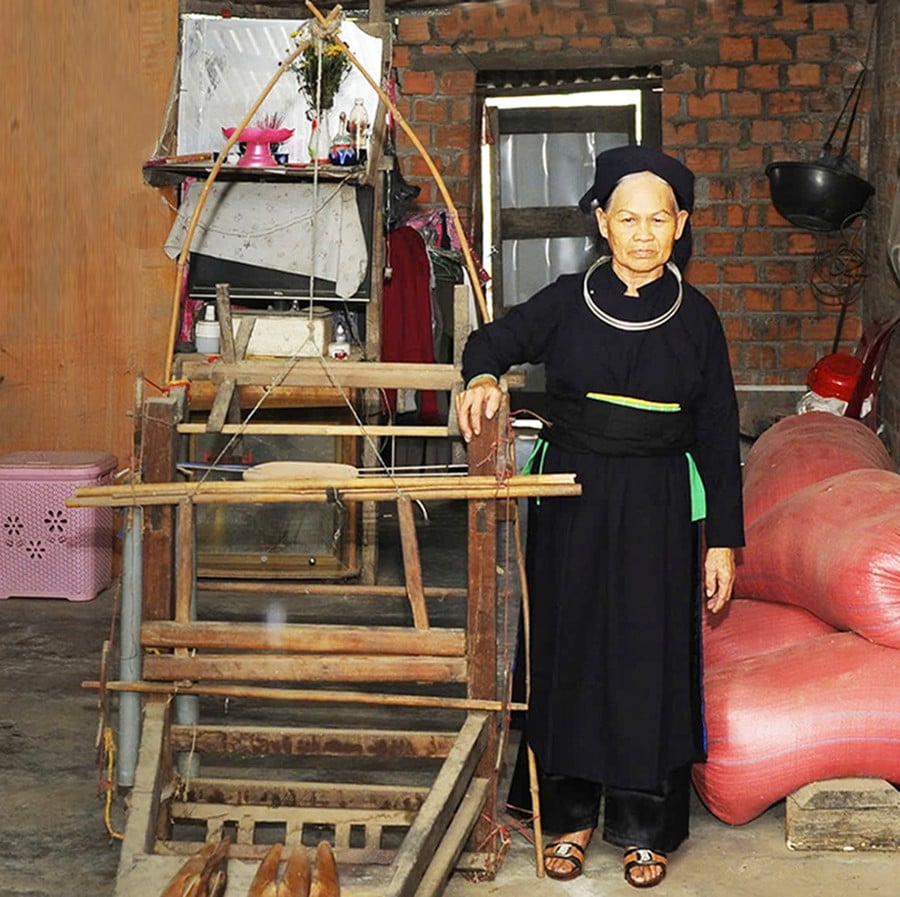

![[Photo] General Secretary attends special art program "Spring of Unification"](https://vphoto.vietnam.vn/thumb/1200x675/vietnam/resource/IMAGE/2025/4/29/e90c8902ae5c4958b79e26b20700a980)
![[Photo] Nghe An: Bustling atmosphere celebrating the 50th anniversary of Southern Liberation and National Reunification Day](https://vphoto.vietnam.vn/thumb/1200x675/vietnam/resource/IMAGE/2025/4/29/64f2981da7bb4b0eb1940aa64034e6a7)
![[Photo] Hanoi is brightly decorated to celebrate the 50th anniversary of National Reunification Day](https://vphoto.vietnam.vn/thumb/1200x675/vietnam/resource/IMAGE/2025/4/29/ad75eff9e4e14ac2af4e6636843a6b53)
![[Photo] Ho Chi Minh City: People are willing to stay up all night to watch the parade](https://vphoto.vietnam.vn/thumb/1200x675/vietnam/resource/IMAGE/2025/4/29/cf71fdfd4d814022ac35377a7f34dfd1)
![[Photo] Ho Chi Minh City residents "stay up all night" waiting for the April 30th celebration](https://vphoto.vietnam.vn/thumb/1200x675/vietnam/resource/IMAGE/2025/4/30/560e44ae9dad47669cbc4415766deccf)
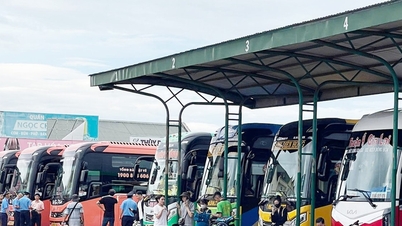

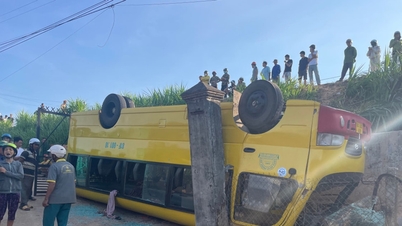



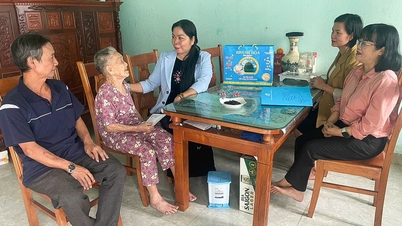

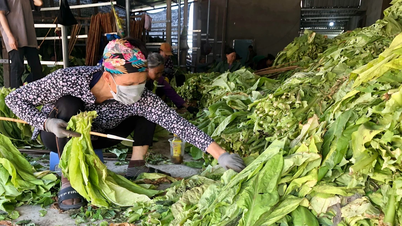



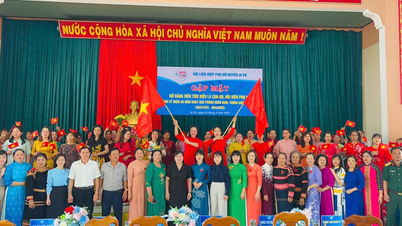






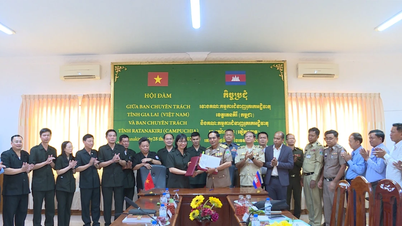

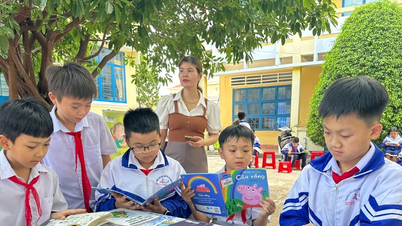
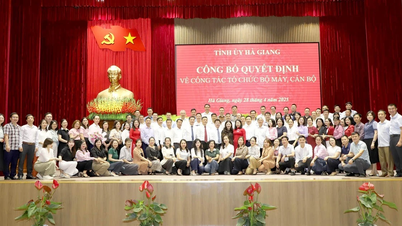

![[Photo] Prime Minister Pham Minh Chinh meets to prepare for negotiations with the United States](https://vphoto.vietnam.vn/thumb/1200x675/vietnam/resource/IMAGE/2025/4/29/76e3106b9a114f37a2905bc41df55f48)



















































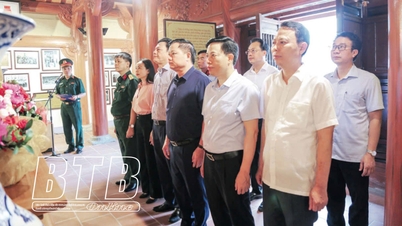


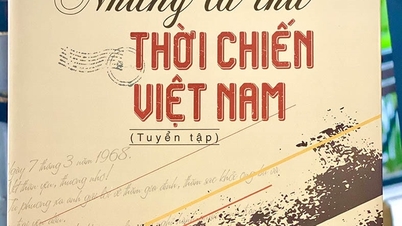













Comment (0)